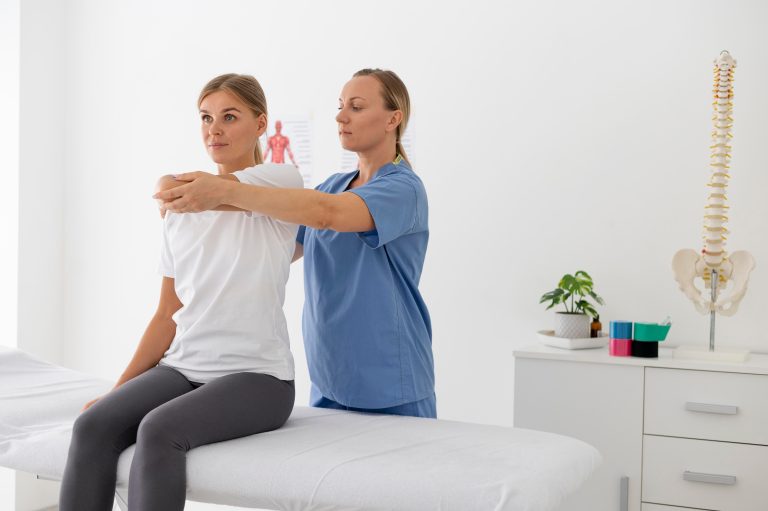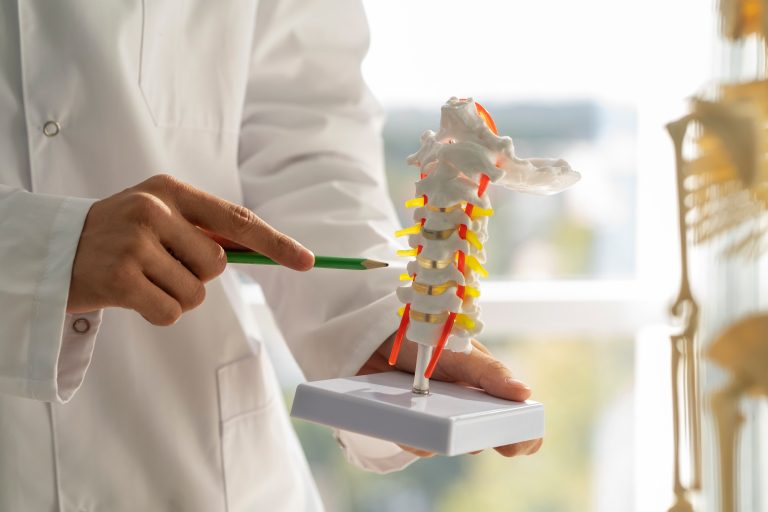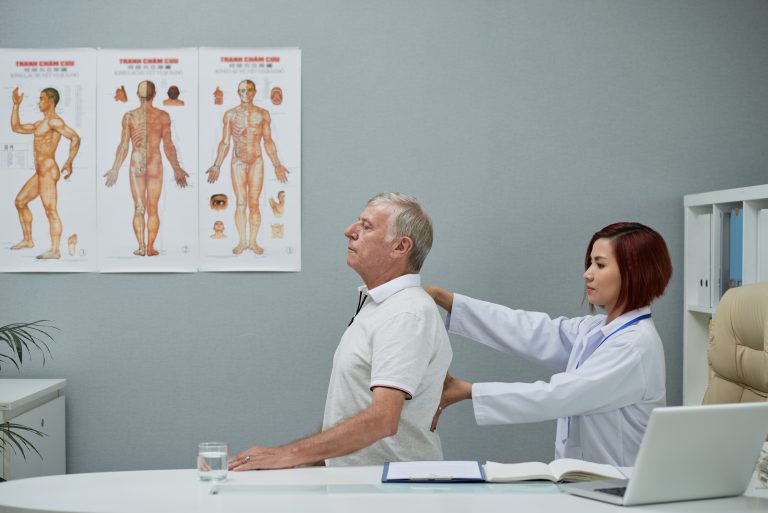Spinal Recovery Center in Warren, Michigan, is renowned for its comprehensive approach to treating spinal, muscular, and nerve pain. Among the array of services they offer, spinal decompression therapy stands out as a highly effective, non-surgical treatment. This article delves into the benefits and procedure of spinal decompression therapy, highlighting why it might be the right choice for you.
What is Spinal Decompression Therapy?
Spinal decompression therapy is a non-invasive treatment designed to alleviate pain and promote healing in the spine. Using a specialized table, the spine is gently stretched to change its position and take pressure off the spinal discs. This decompression creates a negative pressure within the disc, allowing bulging or herniated discs to retract. It also encourages the flow of oxygen, water, and nutrient-rich fluids into the discs, enhancing the body’s natural healing process.
7 Amazing Benefits of Spinal Decompression Therapy
- Pain Relief: Spinal decompression therapy is particularly effective in relieving chronic back pain, sciatica, and other nerve-related discomforts. By reducing the pressure on spinal discs and nerves, patients often experience a significant decrease in pain.
- Non-Surgical Solution: Unlike surgical options, spinal decompression therapy is non-invasive. This means no incisions, no anesthesia, and minimal recovery time, making it a safer and more appealing option for many patients.
- Improved Mobility: Many patients report enhanced mobility and flexibility following spinal decompression therapy. This improvement can lead to a better quality of life and greater ease in performing daily activities.
- Support for Healing: By promoting better circulation of essential fluids and nutrients to the spinal discs, spinal decompression supports the body’s natural healing processes. This can result in long-term spinal health improvements.
- Treatment for Various Conditions: Spinal decompression is effective for a range of conditions including sciatica, herniated discs, spinal stenosis, degenerative disc disease, neuropathy, scoliosis, knee pain, vertigo, and fibromyalgia.
- Complementary Therapies: Post-treatment care often includes chiropractic adjustments, physical therapy, or massage therapy to maximize the benefits of spinal decompression.
- Personalized Care: Each treatment plan is tailored to meet the unique needs of the patient, ensuring the most effective and personalized care possible.
Conditions Treated with Spinal Decompression
At Spinal Recovery Center, spinal decompression therapy is used to treat a variety of conditions, including:
- Sciatica: Pain that radiates along the sciatic nerve, often down the legs.
- Herniated Discs: Discs that have slipped out of their normal position, causing pain and nerve compression.
- Spinal Stenosis: Narrowing of the spinal canal that leads to nerve compression and pain.
- Degenerative Disc Disease: Wear and tear on the spinal discs, resulting in chronic pain.
- Neuropathy: Nerve damage causing pain, tingling, or numbness.
- Scoliosis: Abnormal curvature of the spine.
- Knee Pain: Often related to spinal issues.
- Vertigo: Dizziness that can be linked to spinal problems.
- Fibromyalgia: Chronic pain condition that affects muscles and soft tissues.
The Spinal Decompression Procedure
The spinal decompression procedure at Spinal Recovery Center is tailored to meet each patient’s unique needs. Here’s a general outline of what patients can expect:
- Initial Consultation: The process starts with a thorough consultation, including a review of the patient’s medical history and an assessment of their condition. Diagnostic imaging, such as X-rays or MRI scans, may be used to better understand the issue.
- Personalized Treatment Plan: Based on the initial consultation, a customized treatment plan is created. The number of sessions required will depend on the severity of the condition and the patient’s response to therapy.
- Therapy Sessions: During a session, the patient lies on a specialized spinal decompression table. A harness is placed around the pelvis and another around the trunk. The table gently stretches the spine in a controlled manner to achieve decompression.
- Post-Treatment Care: After each session, patients may receive complementary treatments such as chiropractic adjustments, physical therapy, or massage therapy to maximize the benefits of spinal decompression.
Why Choose Spinal Recovery Center?
Spinal Recovery Center in Warren, Michigan, is dedicated to providing high-quality care for patients suffering from spinal, muscular, and nerve pain. The center is staffed with experienced chiropractors and physical therapists committed to personalized patient care. Their comprehensive approach includes services such as spinal decompression therapy, chiropractic care, physical therapy, massage therapy, and pain management, ensuring that each patient receives the best possible treatment.
Contact Information
For more information or to schedule a consultation, visit the Spinal Recovery Center website or call their office directly. Discover how spinal decompression therapy can help you achieve a pain-free life and improve your overall spinal health.




